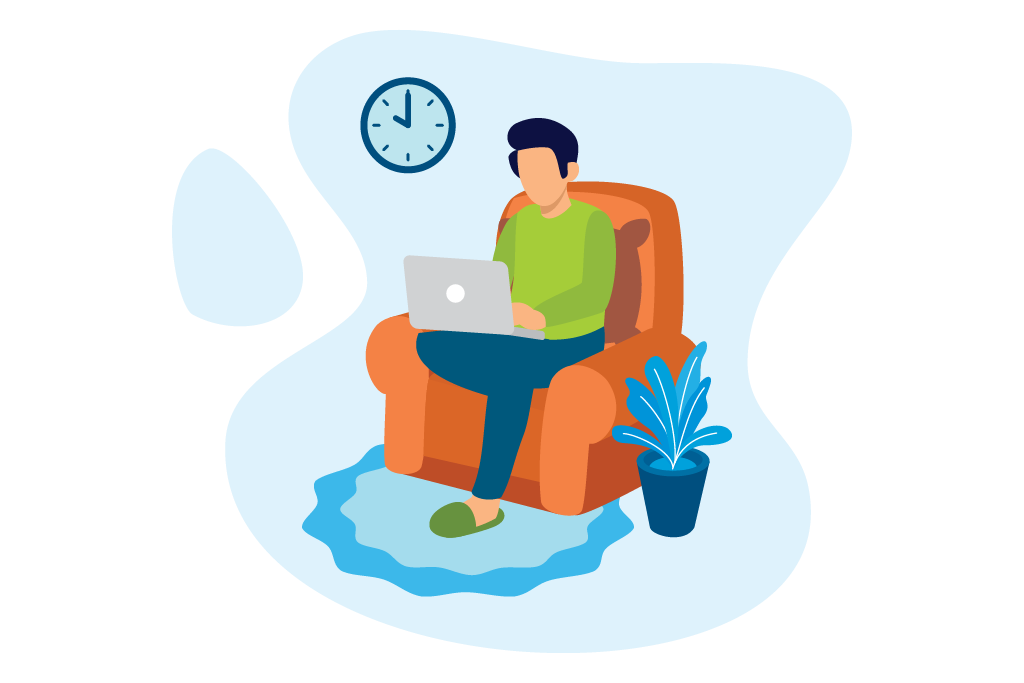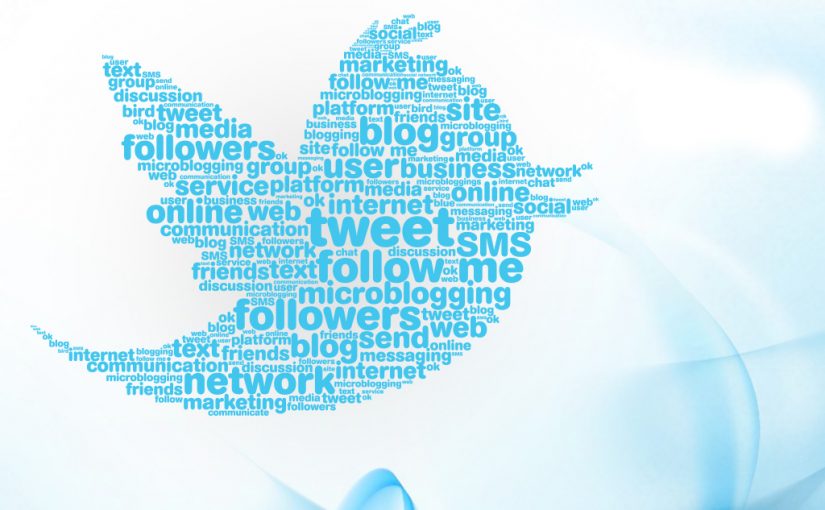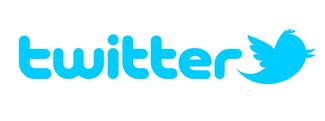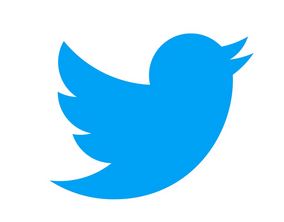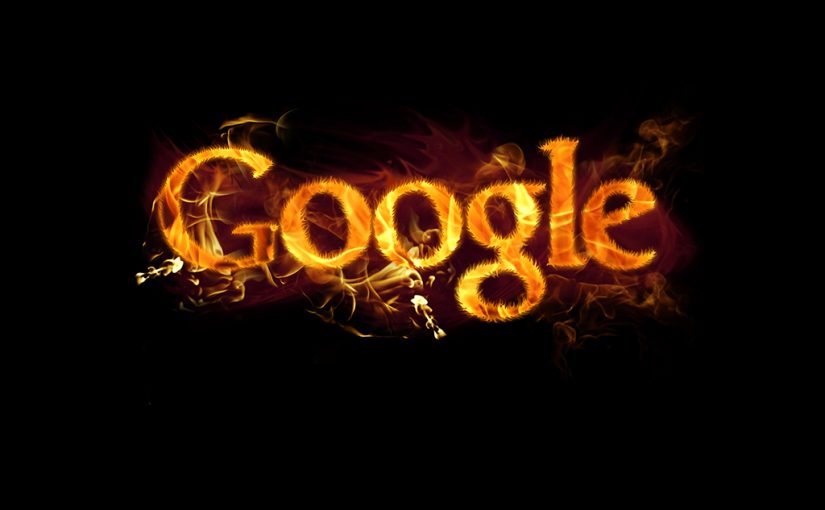As the pandemic sweeps the world and many of us begin working from home, it’s common to feel apprehensive yet excited about
the prospect of remote work. No more commute? No more annoying coworker? No more angry bright fluorescent lights? Plus, more
time in the day! It seems like remote work is a huge boon to productivity, and many people agree.
Office environments can indeed be distracting and even bad for your health, due to their harsh lighting, constant noise, and cramped layout. Working from home, the library, or even a coffee shop provides a comfortable experience that many people say boosts productivity. But does it, really?
Productivity stems from many factors, not just comfort. Let’s look at some factors that affect your productivity, then look at some
techniques to help you get s#!% done.
What is Productivity?
Many people confuse productivity with progress. When you say that you had a productive day, do you mean that you got a lot done,
or that you got a lot done in a small amount of time? The former is busy-ness; the latter is productivity. In true productivity, you can
get your tasks done and also have time for relaxation, hobbies, chores, and so on. If you’re sacrificing something to get it all done,
you’re not being productive, you’re being busy — and you might just be burning yourself out.
True productivity happens when you can maximize your available time to get the most important s#!% done. Note that I said “available” time and “most important s#!%,” not “all your time” and “all your s#!%.” Packing your day full of tasks is not true productivity. Yet many of us take long periods of time to check email, organize files, or work on tasks that don’t support our overall goals, then we wonder where the day went.
Rather, to maximize our productivity, we must optimize our time and energies for the most important tasks we need to do. Everything else can wait. This is the true meaning of productivity.
Productivity in a Remote Setting
As I mentioned above, remote situations might seem ideal for productivity, but they can detract from it for a couple of reasons. First, working remotely lets us avoid the process of traveling to our workplace, walking into the building, setting up our stuff, and so on. While that may seem like a good thing, those rituals also provide a buffer between us and our work. They give us a chance to disengage from “work mode.” When working remotely, especially from home, we don’t have that buffer.
Working from home can be especially dangerous because many of us are inclined to roll out of bed and immediately get to work.
Productivity seems close at hand when we needn’t even change out of our PJs. However, that blurring of the line between work and
home life can make it hard to “leave work at work, which, in turn, contributes to feelings of burnout and fatigue.
To be productive in a remote setting, then, we must create a workspace and a work time, then stick to it. Let’s discuss some strategies to do that.
Time Management Techniques
Just as many people confuse busy-ness with productivity, it’s easy to confuse a full schedule with time management. True time management isn’t just a matter of making it to each meeting on time or making all your deadlines (although those are certainly important). It’s the practice of doing your tasks at the optimal time so that you don’t waste time. As productivity guru Stephen R. Covey said, “The key is in not spending time, but in investing it.”
When you think about your time as money, as the saying goes, you can get a sense of how it’s being spent. Are you doing your
most challenging work at the end of the work day, when you’re likely getting tired? Are you wasting your caffeine-fueled morning
hours on email and meetings? These are the equivalent of spending higher prices on low-value items at a convenience store. With
true time management, you would devote your highest-energy times to the most demanding tasks.
Here are some techniques for proper time management:
Eat the frog. Mark Twain famously said, “If it’s your job to eat a frog, it’s best to do it first thing in the morning. And if it’s your job to
eat two frogs, it’s best to eat the biggest one first.” In the context of productivity, this means identifying your most important — and
potentially unpleasant — task, then doing this first. This technique is also a great procrastination-buster.
Do one task at a time. While multitasking may seem like productivity, it’s actually busy-ness. In fact, research shows that workers are less productive when they attempt to
Block your time. As I mentioned above, it’s all too easy to allot our productive hours to tasks that don’t further our goals. The average worker spends 30 hours a week just checking email — what a waste! Time blocking, according to productivity expert Charlie Gilkey, optimizes your productivity by helping you do your tasks when you’re in the best shape to them. In his scheme, there are four types of time blocks:
Focus: The blocks in which we have strong mental energy and can do intensive work.
Admin: The blocks in which we have less energy and need to handle meetings, emails, etc.
Social: The blocks in which we interact with family, friends, and people outside a work context.
Recovery: The blocks devoted to our self-care and relaxation.
Gilkey advises you to block out your schedule with these blocks, then schedule your tasks to be done within them. That means that
if you know you have a surge of energy at 10 a.m., you should assign your intensive work for that block. This, in turn, helps you get
your s#!% done in less time, because you’re optimized to do the task in that block.
Remote Environment Techniques
When working from home, you need to dedicate a space solely for work rather than working from the couch. Keep it clean and professional-looking, just like you would at the office, and try to have it be away from distractions such as the refrigerator or TV. Then, spend your “office hours” in this location. This helps you get into work mode, so that when it’s time for a recovery block or work break, you can properly disengage.
To ensure that you stick to your time block assignments, track what you’re working on through a program like RescueTime or Harvest, then set reminders to take breaks or switch gears. There are oodles of free time-tracking and timer tools available on the Web and the app stores. These tools can also help you feel less disoriented when you’re getting used to working from home.
Collaboration Tools
Let’s not forget that most of your work is not done in a vacuum. You have colleagues, coworkers, clients, project managers, and supervisors that you need to talk to. And in a remote setting, it’s not as easy as walking down the hall to their office. It may not even be easy to call them once you’re outside the office network, and email can quickly turn into a tangled mess of files and messages.
Make sure that cloud-based collaboration tools are in your arsenal. Free apps such as Trello and Slack are ideal ways to keep in
touch with your team. One of the most common drains on productivity is the time spent emailing people, searching for files, and so
on. A collaboration tool can streamline this process so that you can better devote your time and energy to getting your s#!% done.
Wrapping Up
Working remotely and getting your s#!% done can go hand-in-hand, if you do them both correctly. Avoid the temptation to pack
your day with tasks just because you can. Especially in these troubled times, it’s crucial that you leave time for self-care, housekeep-
ing, relaxation, and time with your loved ones. Put true productivity into practice by striking a balance between work and life — even
while working from home. That’s how you can most effectively get your s#!% done.




